In the given figure, ABCD is a rohombus with A=67∘. If DEC is an equilateral triangle, calculate
(i) ∠CBE
(ii) ∠DBE
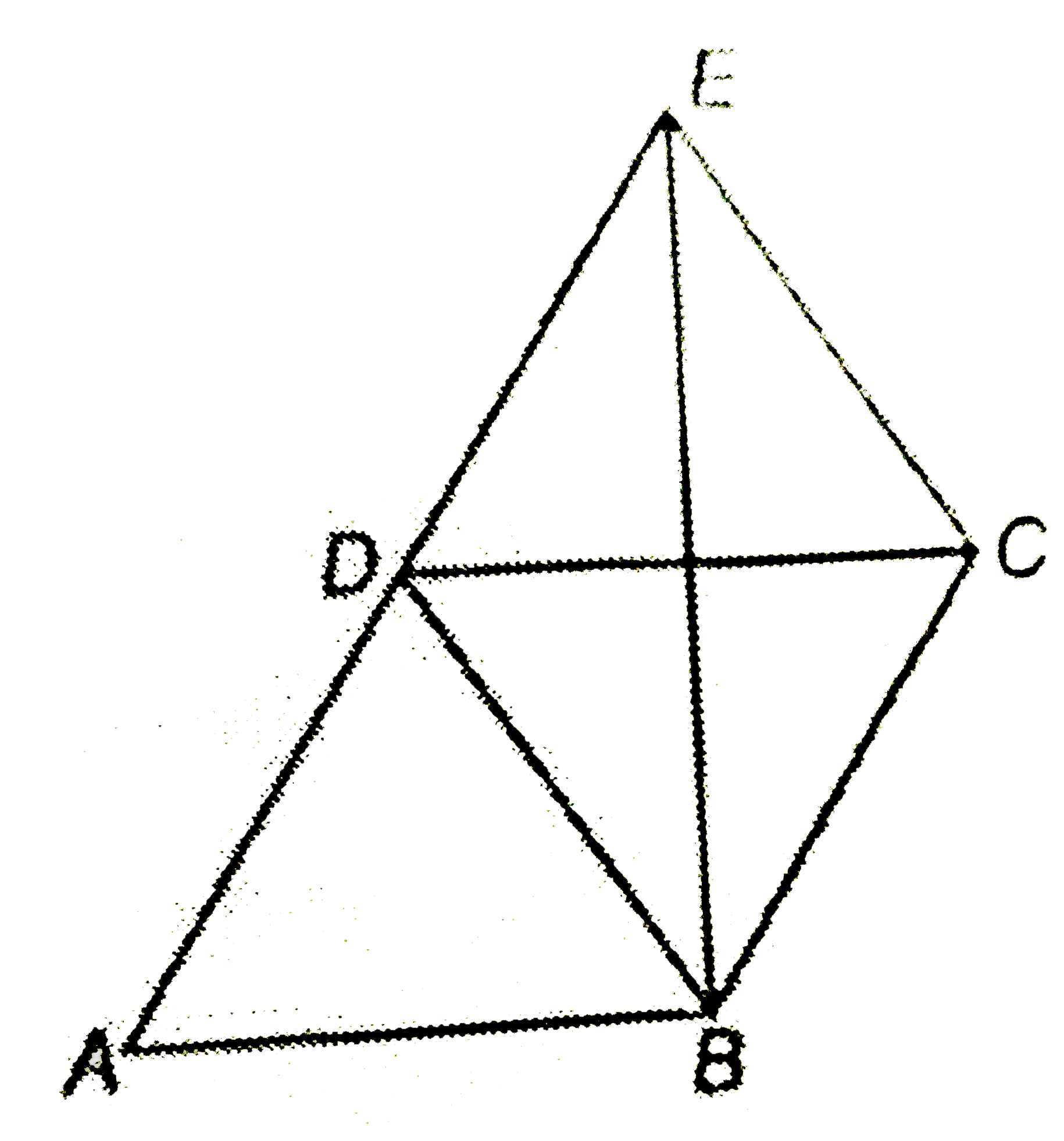
The correct Answer is:(i)26.5∘ (ii)30∘
Step by step video & image solution for In the given figure, ABCD is a rohombus with A=67^(@). If DEC is an equilateral triangle, calculate (i) angleCBE (ii) angleDBE by Maths experts to help you in doubts & scoring excellent marks in Class 9 exams.
Updated on:21/07/2023Topper's Solved these Questions
- QUADRILATERALSBook:NAGEEN PRAKASHAN ENGLISHChapter:QUADRILATERALSExercise:Exercise 8b
Explore 15 Videos
- QUADRILATERALSBook:NAGEEN PRAKASHAN ENGLISHChapter:QUADRILATERALSExercise:Revision Exercise (very Short Answer Questions)
Explore 10 Videos
- QUADRILATERALSBook:NAGEEN PRAKASHAN ENGLISHChapter:QUADRILATERALSExercise:Problems From NCERT/exemplar
Explore 11 Videos
- PROBABILITYBook:NAGEEN PRAKASHAN ENGLISHChapter:PROBABILITYExercise:Revision Exercise (very Short Answer /short Answer Questions)
Explore 10 Videos
- STATISTICSBook:NAGEEN PRAKASHAN ENGLISHChapter:STATISTICSExercise:Revision Exercise
Explore 12 Videos
Similar Questions
In the given figure, ABCD is a rhombus with angle A=67∘
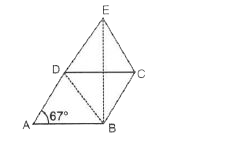
If DEC is an equilateral triangle, calculate:
∠CBE
View SolutionIn the given figure, ABCD is a rhombus with angle A = 67∘.
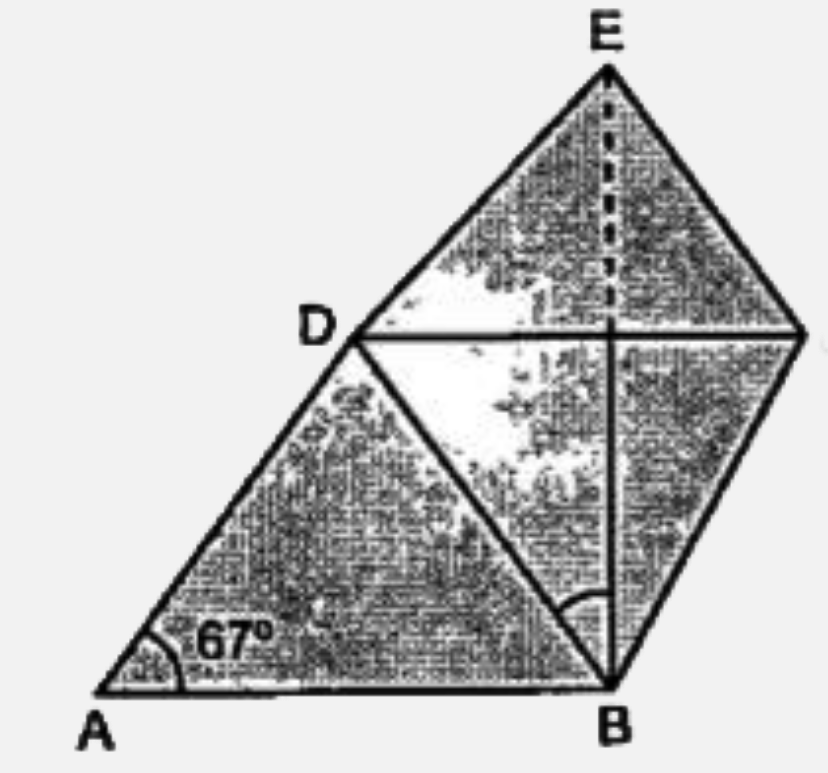
If DEC is an equilateral triangle. Calculate :
(i) ∠CBE (ii) ∠DBE
View SolutionIn the given figure, ABCD is a rhombus with angle A=67∘
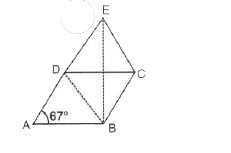
If DEC is an equilateral triangle, calculate:
∠DBE
View SolutionIn the given figure, ABCD is a square. Find x.
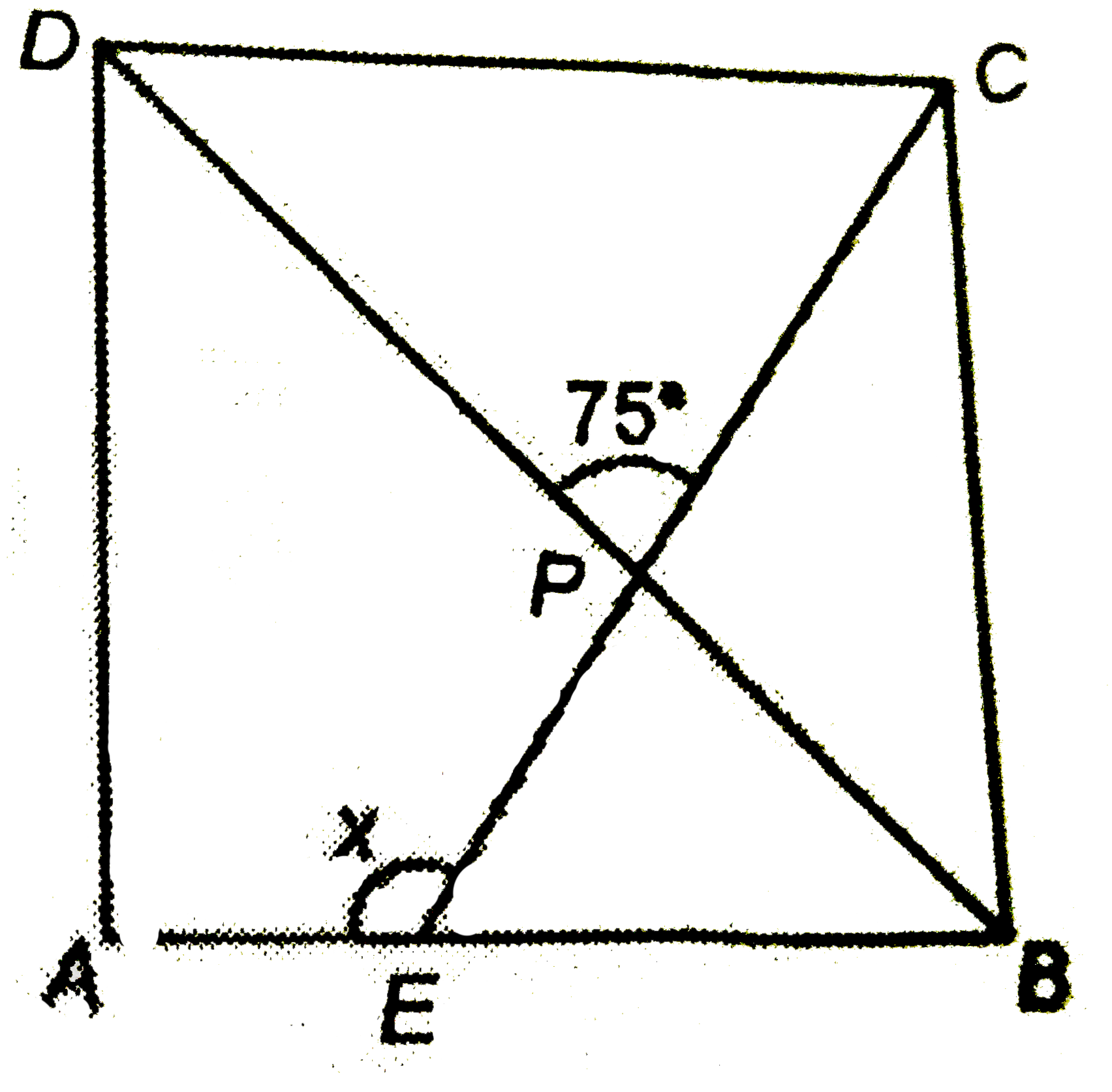
View SolutionIn the adjoining figure, ABCD is a rhombus and ABE is an equilateral triangle. If ∠BCD=70∘, find
(a)∠ADE (b)∠BDE (c)∠BED
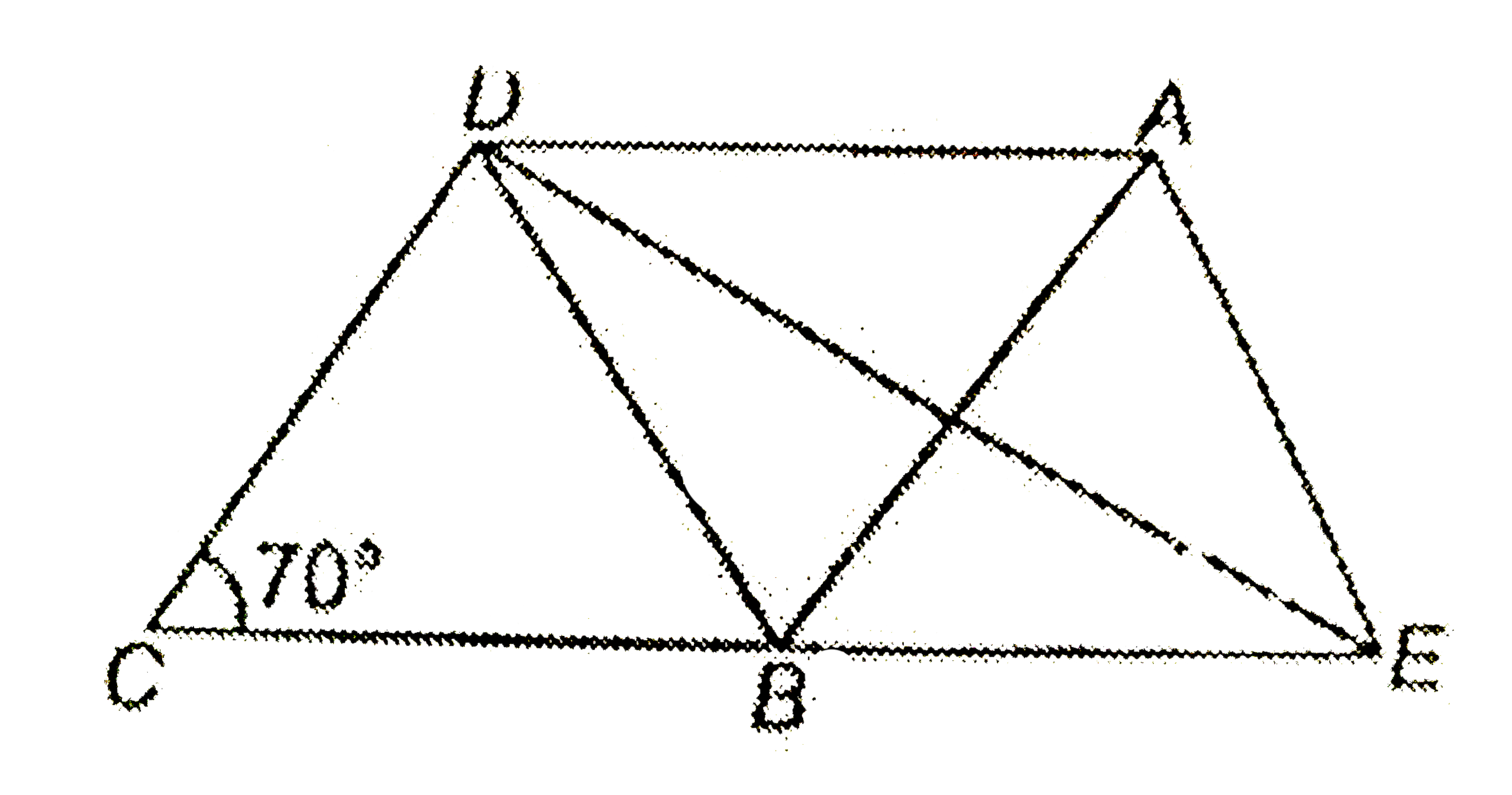
View SolutionIn the adjoining figure, ABCD is a square and PAB is an equilateral triangle. Find :
(i) ∠APD
(ii) ∠PDC
(iii) ∠DPC
(iv) Prove that DP=CP
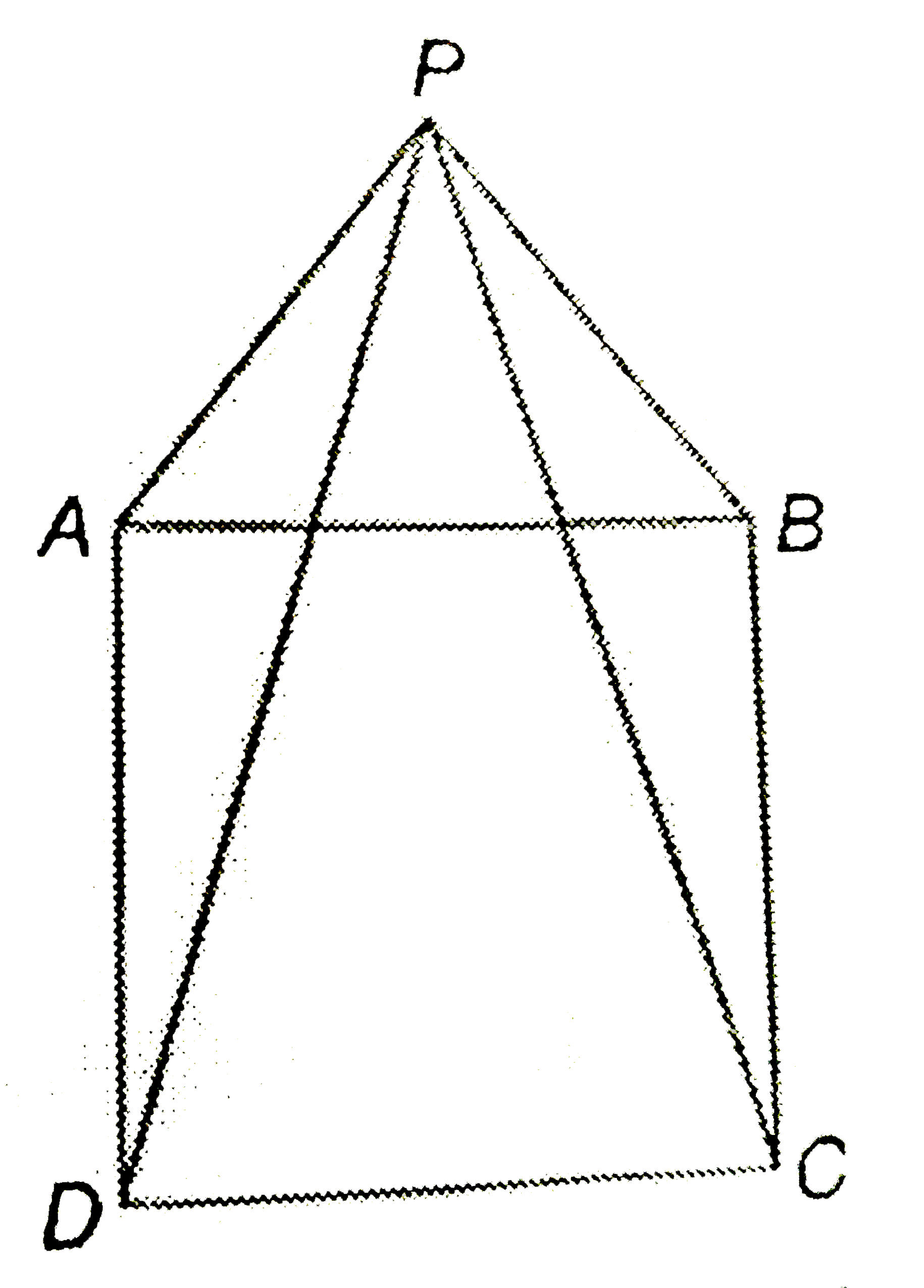
View SolutionThe given figure shows a square ABCD and an equilateral triangle ABP.
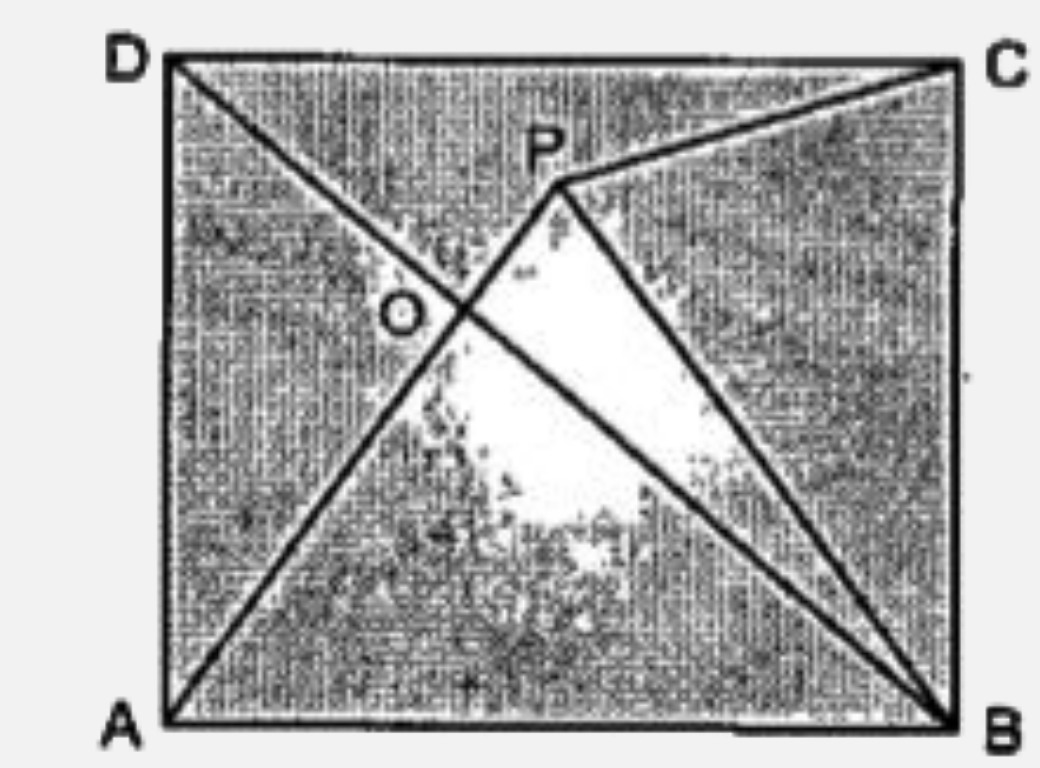
Calculate :
(i) ∠AOB
(ii) ∠BPC
(iii) ∠PCD
(iv) reflex ∠APC
View SolutionIn the given figure, ABCD is a parallelogram. Find the area of ΔAED
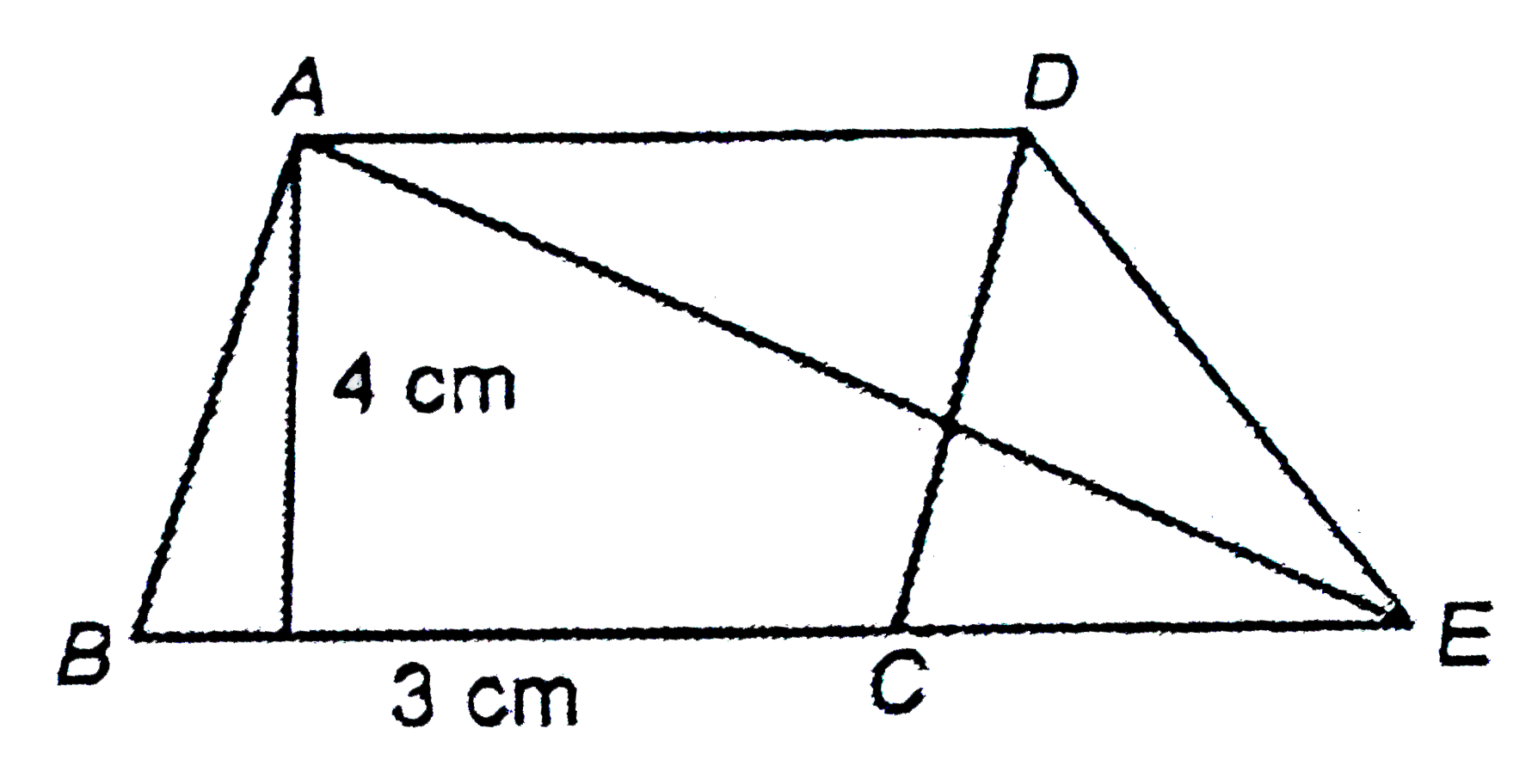
View Solution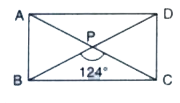
ABCD is a rectangle.
If ∠BPC=124∘.
Calculate:
(i) ∠BAP
(ii) ∠ADP.
View SolutionThe given figure shows a square ABCD and an equilateral triangle ABP. Calculate:
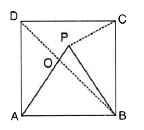
reflex ∠APC
View Solution